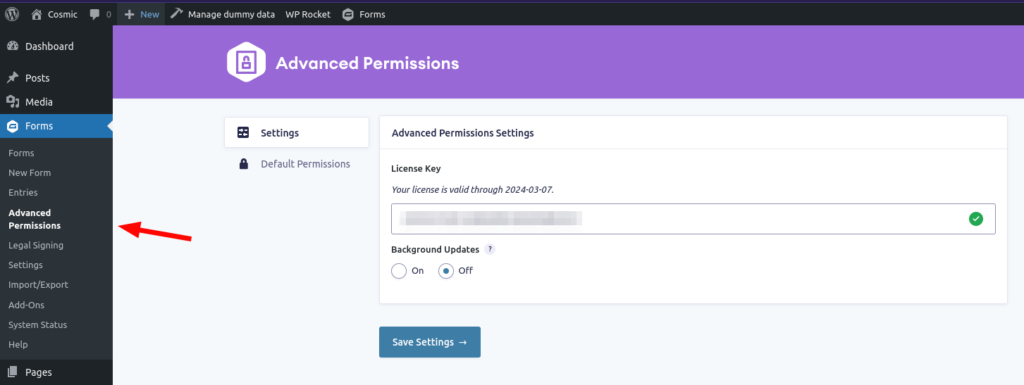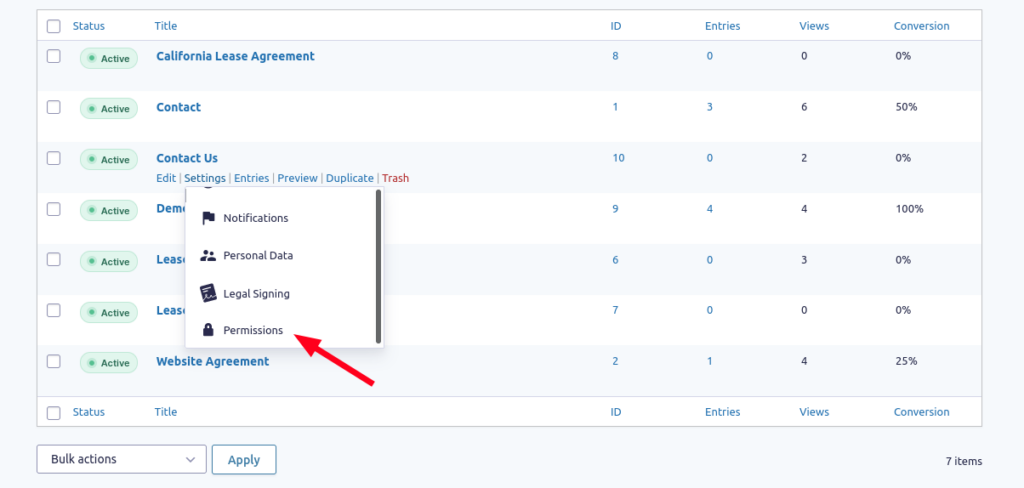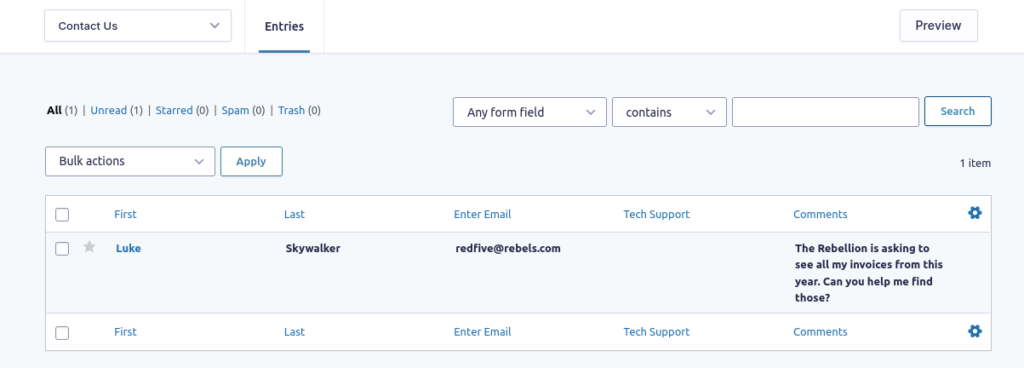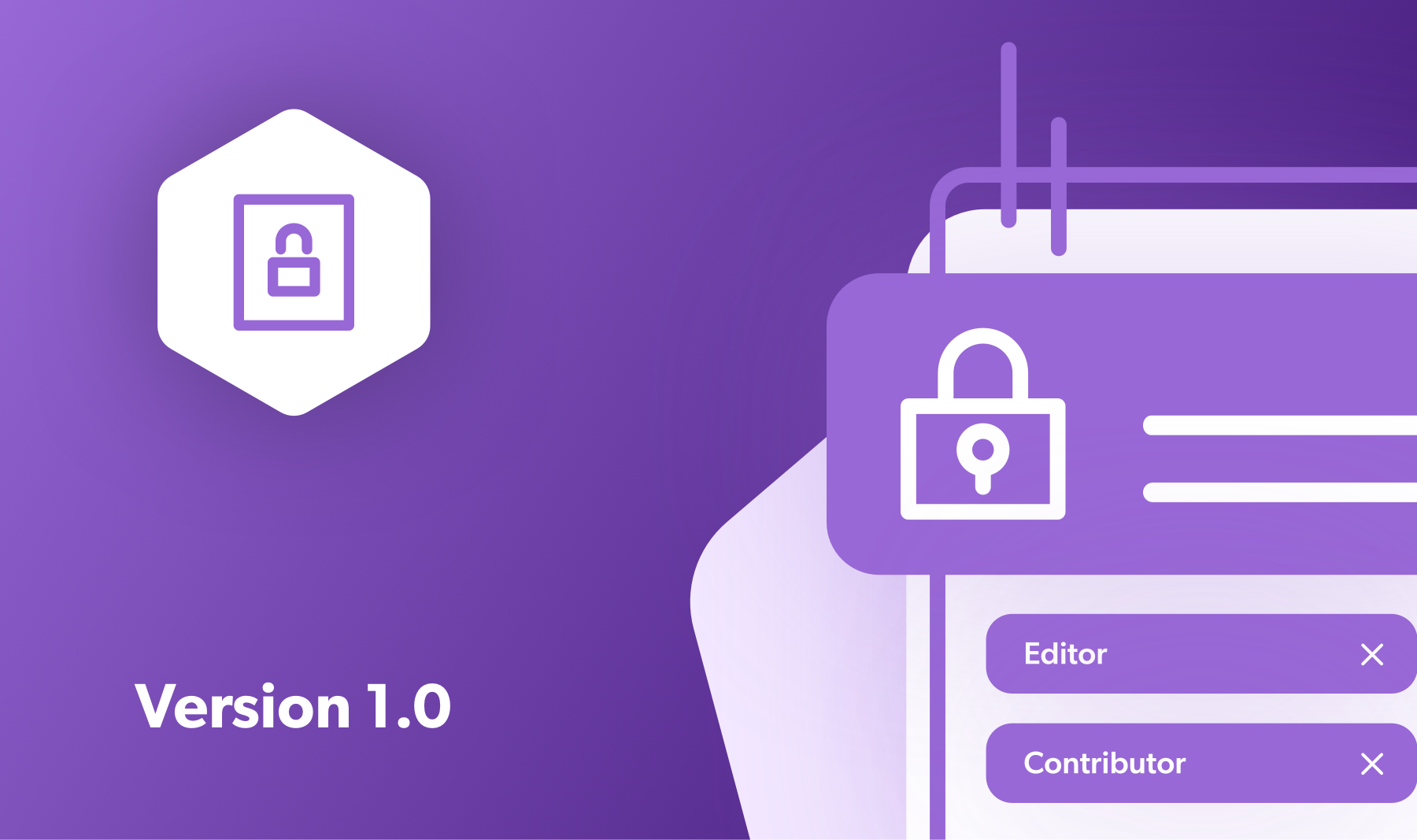Having just one contact form on your organization’s website is visually cleaner and makes things much easier for your visitors. But does everyone in your company need to see all of the entries? Likely not. It can not only be annoying to sift through entries that don’t apply to your department, but sometimes the information needs to be kept private.
What some people do to solve this problem is to use GravityView. While it can be effective, there are multiple hoops to jump through. You have to restrict or show specific entries, create a new page, embed that view, then grant access to that specific page to the users you designate.
With Advanced Permissions, you can significantly whittle down that process — all from within your WordPress dashboard. It couldn’t be easier to achieve both a high level of granularity and simplicity. I’ll show you how to do it without breaking a sweat.
Getting Started
First, you must use the Gravity Forms plugin to create your forms. Then, you need to get our Advanced Permissions plugin.
Once Advanced Permissions is activated on your site, you’ll see the new item in the WordPress admin panel under your Gravity Forms menu.

Set Up Permissions on a Contact Form
We’ll use a simple contact form to show you how easy it can be to set up Advanced Permissions.

The contact form is intended for visitors to send a message to the correct department. It asks for name, email, and message — and there’s a multiple choice selection of Tech Support, Marketing, or Billing.
Of course, Tech Support doesn’t need to see entries sent in for the Billing department or Marketing — and vice versa. So how do we control who sees specific entries intended for each department? Let’s set up some permissions to make this work.
If you’re already in the form editor, you can select Settings at the top, then Permissions. If you’re viewing your list of forms, just hover over the name of the form, then hover over Settings, and click Permissions.

Entry Permissions
Once you’re in the Permissions area, select the Entry Permissions tab. You can always adjust Form Permissions if necessary, but for now, we’re only concerned with who can see the entries.
You’ll need to set up a rule and conditional logic to target entries for specific users. In our example, I previously created separate users for each department; billingdept, marketing, and techsupport. This way, we can set up rules for each.

You’ll want to select Add Rule by User on the Entry Permissions screen. Under Permission by User, select the user you want to create the rule for. In our example, let’s start with techsupport. We want to prevent Tech Support from seeing entries from any other department. Select Cannot See in the next column, and in the third column, choose Entries matching all of the following.
Under the Conditional Logic menu that appears after choosing Entries matching…, you must select the field in the form you want to target. In this case, it’s the Who is this message for? field with the multiple-choice boxes for each department. Then, moving across the columns, select is and Tech Support. Now we can see our conditional logic will hide all entries from our Tech Support team except those intended for the techsupport user.

In the same fashion, you can add new rules for the billingdept and marketing users so they can’t access any entries except the one intended for their department.
Click Save Entry Permissions, and you’re done!
Testing the Permissions
First, I made a couple of entries on the front-end example form. Because Administrators always have access to all entries, I can see all the entries that come in. However, the other users are not Admins, so I’ll need to log in separately as those users to test the rules.

For example, if I log in as the billingdept user, I can only see the entries meant for me.

You can see how specific you can get by creating specific user roles and setting up rules for them. By creating department heads or organizational management users, you can yet add another layer of granularity to your form entry permissions.
Easily Control Form Entries in WordPress
Without leaving your WordPress dashboard, you can control access to form entries at a high level. Use Advanced Permissions and allow the right people to get the most relevant entry data while keeping private information walled off from departments that shouldn’t see it.
Try Advanced Permissions today and see how easy it is to get the granular control you need.
 CosmicGiant
CosmicGiant



